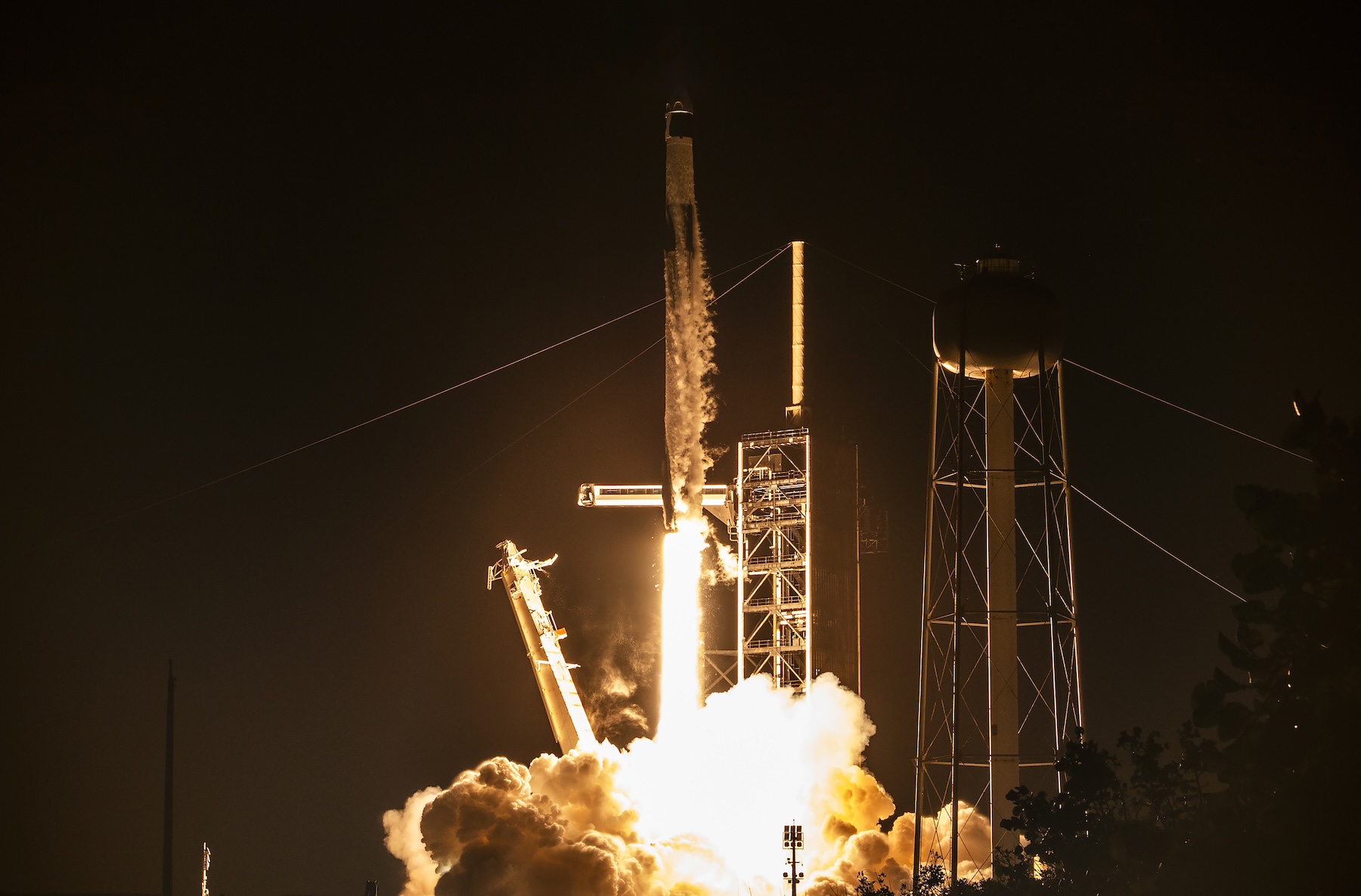The firsts of Fram2
Fram2 is breaking new ground in other areas, too. It’s the first human spaceflight mission to low-Earth orbit without a trained pilot onboard, and the first crewed spaceflight without an American, Russian, or Chinese astronaut.
Later this week, Fram2 will become SpaceX’s first Crew Dragon mission to splash down off the West Coast. SpaceX announced last year it would relocate its fleet of recovery ships from Florida to California, allowing Dragon capsules to return to the Pacific.
This move will resolve concerns about Dragon’s unpressurized trunk section reentering the atmosphere in an uncontrolled manner. All Crew Dragon flights to date—Fram2 is SpaceX’s 17th crew mission—jettisoned the disposable trunk in orbit before reentry and splashdown off the coast of Florida.
The trunk lacks a propulsion system, so atmospheric drag pulls it out of orbit several weeks or months later. The reentry of the trunk is unpredictable, and a few missions have scattered debris over land. With the switch to the West Coast, SpaceX will keep the trunk attached to the Dragon capsule until just before reentry, when it will cast away the trunk to fall into the remote Pacific Ocean.
Chun and his crewmates hope to view Antarctica and the North Pole through Dragon’s windows. With ideal viewing conditions, astronauts on the ISS occasionally capture images showing the edges of Greenland and Antarctica at oblique angles. Satellites flying over the poles routinely observe the poles, but Fram2 will offer Dragon’s four-person crew the human experience.

The Fram2 mission lifted off from Launch Complex 39A in Florida.
Credit:
SpaceX
“Fram2 isn’t just about going to space, it’s about pushing boundaries and sharing knowledge,” Chun said.
Mikkelsen will use her expertise to shoot immersive, 3D imagery from Dragon. She got an assist on camera settings from NASA astronaut Don Pettit, a master of spaceflight photography who currently resides on the ISS.
“I’m looking forward to being the first human in history to be able to point my camera at the North Pole and South Pole from space,” Mikkelsen said. “There will be a lot of specific moments, specifically focusing on the aurora. This is also a mission where people on the ground on planet Earth can attend, and we’ve reached out to 2.2 million auroral citizen scientists. Anyone can join, where you go outside and if there is aurora where you live, you note where you live, and you register on the SolarMaX mission website, and you will take a photo of the aurora at the same time as we in Fram2 fly over the aurora.”





